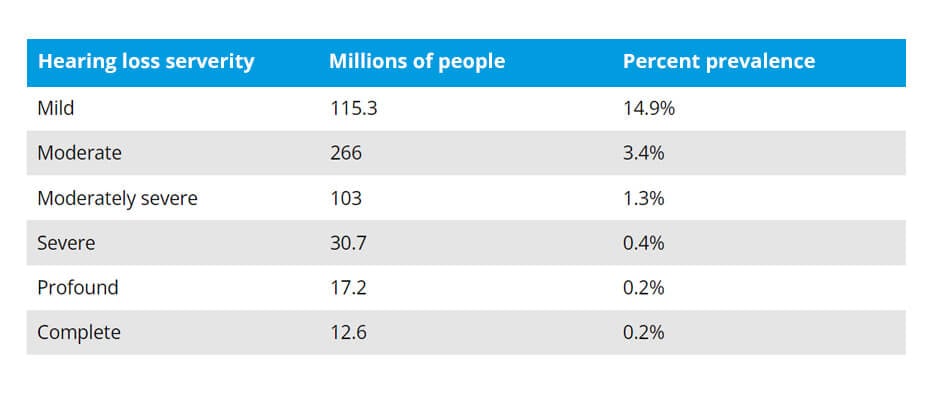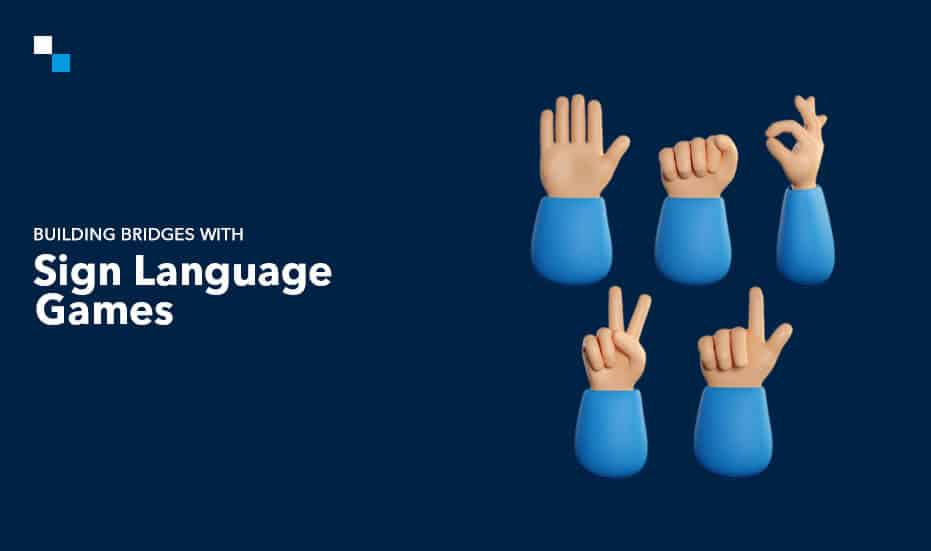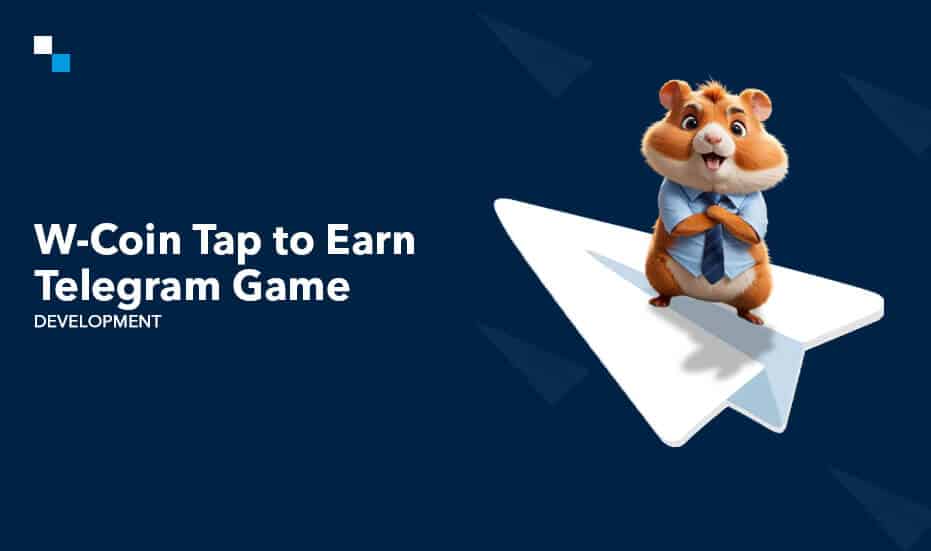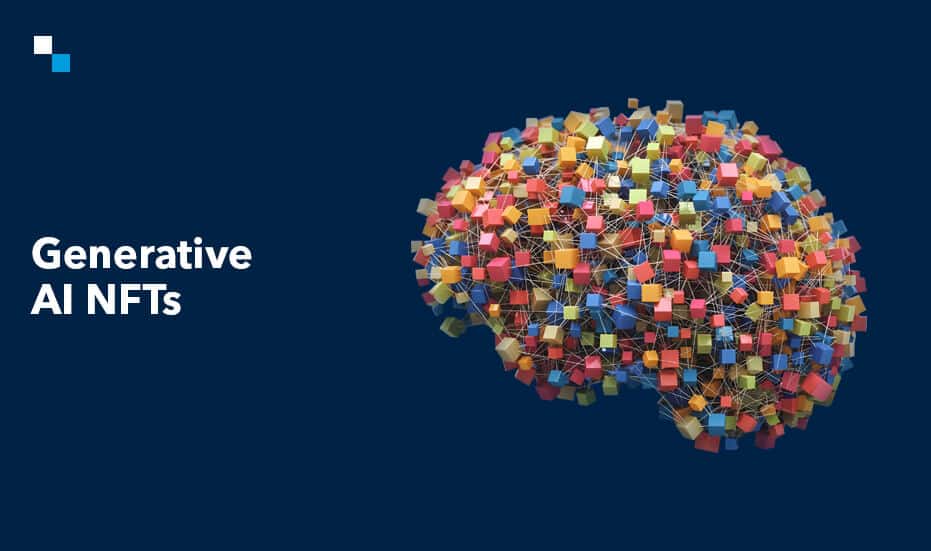
Automated Crypto Trading Platform- Turning Data into Digital Gold
September 3, 2024
How Much Does TON Token Development Cost?
September 4, 2024Imagine a world where communication is not bound by the chains of spoken language, where everyone’s lives, regardless of the condition of their hearing, are connected, learning from and enjoying life together. For people using sign language, that remains a very utopian dream today. Starting from inadequate access to education and employment, social isolation, and discrimination, sign language users face considerable challenges in everyday life.
But with these sign language games, we are one step closer to that idealized future where everyone has access to fun and rewards courtesy of gaming.
Why build Sign Language Games?
Nowadays, hearing loss is a very common issue that adversely affects the livelihood of many people. Because of aging, too much exposure to noise, or other health problems, many people cannot hear and, therefore, find it very difficult to communicate or access information.
 About 2 to 3 out of every 1,000 children in the United States are born with a detectable level of hearing loss in one or both ears.
About 2 to 3 out of every 1,000 children in the United States are born with a detectable level of hearing loss in one or both ears.
WHO estimates that unaddressed hearing loss costs the global economy US$ 980 billion annually due to health sector costs (excluding the cost of hearing devices), costs of educational support, loss of productivity, and societal costs.
Let’s explore how building games for sign language people can be a helping hand for these growing issues!
- Accessibility and Inclusivity
A game composed of sign language will help the deaf and hard-of-hearing bridge the communication gap and allow them to be more included in the gaming experience. This game development will also attract a wider base of audience who feel they have a place in the games, therefore belonging to a certain community. - Educational Value
Games can present a fun and interactive method to learn or improve general vocabulary, grammar, and overall communication in sign language. Repetitive practice and feedback in games can help solidify and set sign language concepts into memory through practice. - Community Building
Games can provide opportunities for social interaction among the deaf and hard of hearing. Playing games together could be one avenue to build common experiences and to be able to share and create a sense of belonging. - Awareness and Advocacy
Sign language games can bring awareness to the use of sign language and the challenges faced by deaf and hard-of-hearing persons. This is also a manifestation of the excellent benefits that sign language games confer in advocating for the inclusion of developers to allow them to create more inclusive gaming experiences. - Innovation and Market Potential
Creating sign language games can give rise to innovative ways of carrying out game design and development. In the market, a new demand is arising for inclusive game-playing, and sign language games can have a big market share potentially.
Types of Games Ideal for Sign Language Learning
Some benefit from one kind of game, and some benefit from another, which is why it’s really up to individual preferences when it comes to learning sign language. From educational games that focus on vocabulary and grammar to social games that encourage interaction and practice, there’s a wide range of options available to suit various learning styles and preferences. By exploring the various kinds of sign language game development, learners will find what best suits them in learning and having fun at the same time.
A. Educational Games
Educational games are targeted to teach skills or knowledge of some sort. Some of the examples of educational games that would prove of great help to learning the language of signs are:
- Building Vocabulary Through Matching Games: Matching games are a great and more traditional way to learn new words. Matching games in sign language revolve around written words or pictures that match their relevant signs.
- Story-Based Games for Contextual Learning: Games based on stories will aid the learner in contextualizing how signs are used in real-life situations. In such games, players can learn new signs and practice using them in context while following a story.
B. Social Games
Social games provide interaction and collaboration with other players. Such games for sign language will prove especially helpful for learning sign language because they provide practice with peers and simulate actual conversations as closely as possible. For instance, the following might prove beneficial:
- Multiplayer games allow players some practice with their peers: The games are played for a bunch of reasons, who may either choose to compete or rather act in cooperation with each other towards achieving a common goal. This might prove helpful while practicing sign language in a jovial and competitive manner.
- Role-playing games to simulate real-life conversations: Role-playing games can help a learner practice sign language in various social contexts. They might, for example, play a part in the role of a customer and shopkeeper, or as friends or members of a family talking to each other.
C. Interactive Tutorials
The tutorials are meant to provide a learning structure to the learners. This way, games for sign language can be a great way of learning the basic signs for a new learner:
- Step-by-Step Instruction: With interactive tutorials, the learning process can be subdivided into more digestible steps.
- Immediate Feedback: Tutorials can also provide immediate feedback on players’ performances in order for them to recognize where they should make improvements.
Technological Tools and Platforms
It is with the rapid evolution of technologies that the creation of innovative and very engaging sign language games has a variety of tools and platforms to choose from. With these technologies, developers can include immersive and interactive experiences that must address the special needs of their target users, including the deaf and the hard-of-hearing.
A. Game Engines Suitable for Sign Language Integration
Game engines are a powerful framework upon which to build a game. In fact, this provides access to a great number of features and functionalities. The following is a list of some of the most popular game engines capable of integrating sign language quite well.
- Unity and Unreal Engine: These are two of the strongest game engines for the qualitative development of 3D and interactive games. Both have a rich toolset and features that can be used in developing an immersive sign language experience, from character animation to object interaction and the design of an environment.
- Mobile platforms: Both iOS and Android are two popular mobile platforms which facilitate users to play games for sign language with very easy and accessible access. These systems thus have a range of features concerning gesture recognition, touch input, and integration with other devices.
B. Integrating Gesture Recognition Technology
Gesture recognition technology allows computers to perceive human gestures and motions. Such technology will therefore provide better interactivity in the functioning of sign language game development:
This would be achieved through:
- Cameras and motion sensors: These are cameras and motion sensors that may be employed in capturing hand motion created by users. These movements, obtained from cameras or other hardware devices, get changed into digital signals, which are usually further processed by the game engine to identify and decode the sign language gestures.
- AI-powered applications for user signing proficiency assessment: the possibility of using AI technologies while analyzing the signing performed by users to give appropriate feedback on their performance and engage learners to improve and enjoy their signing skills.
The Road Ahead
These sign language games will no doubt change the lives of the disabled by affording them worthy communicative tools and a sense of belonging. More innovative, more accessible sign language games are obviously in store as technology is in continuous game development. These can be adapted to various levels of proficiency that can fit both beginning and experienced signers.
Future augmented reality and virtual reality will make sign language games even more interactive, immersive, and fun learning. These can be designed to accommodate visual tools, hands-on simulations, and practice opportunities in life-like situations. Online platforms and mobile applications expand the levels of access to sign language games for individuals in remote areas.
This would necessitate, in turn, only an investment of resources in developing and popularizing sign language games for empowering disabled people, improving the quality of their lives, and thus assuring a more inclusive and equitable society. Antier can be your ideal game development company to build sign languages from scratch. Connect now.



